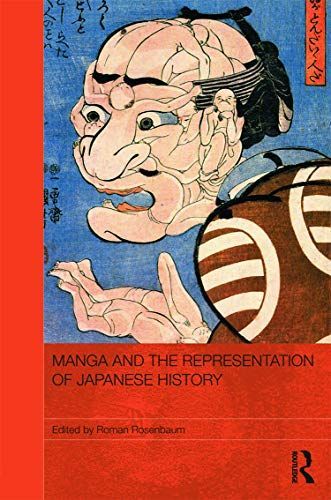
Manga and the Representation of Japanese History
"This edited collection explores how graphic art and in particular Japanese manga represent Japanese history. The articles explore the representation of history in manga from disciplines that include such diverse fields as literary studies, politics, history, cultural studies, linguistics, narratology, and semiotics. Despite this diversity of approaches all academics from these respective fields of study agree that manga pose a peculiarly contemporary appeal that transcends the limitation imposed by traditional approaches to the study and teaching of history. The representation of history via manga in Japan has a long and controversial historiographical dimension. Thereby manga and by extension graphic art in Japanese culture has become one of the world's most powerful modes of expressing contemporary historical verisimilitude. The strategy of combining the narrative elements of writing with graphic art, the extensive narrative story-manga and its Western equivalent of the graphic novel, reflects the relatively new soft power of 'global' media, which have the potential to display history in previously unimagined ways. Boundaries of space and time in manga become as permeable as societies and cultures across the world. Each of the articles in this book investigates the authorship of history by looking at various different attempts to render Japanese history through the popular cultural media of the story-manga. As Carol Gluck, Tessa Morris-Suzuki, Susan Napier and others have shown, it has never been easyto encapsulate the complex narrative of emperor-based cyclical Japanese historical periods. The contributors to this volume elaborate how manga and by extension graphic art rewrites, reinvents and re-imagines the historicity and dialectic of bygone epochs in postwar/contemporary Japan. "--